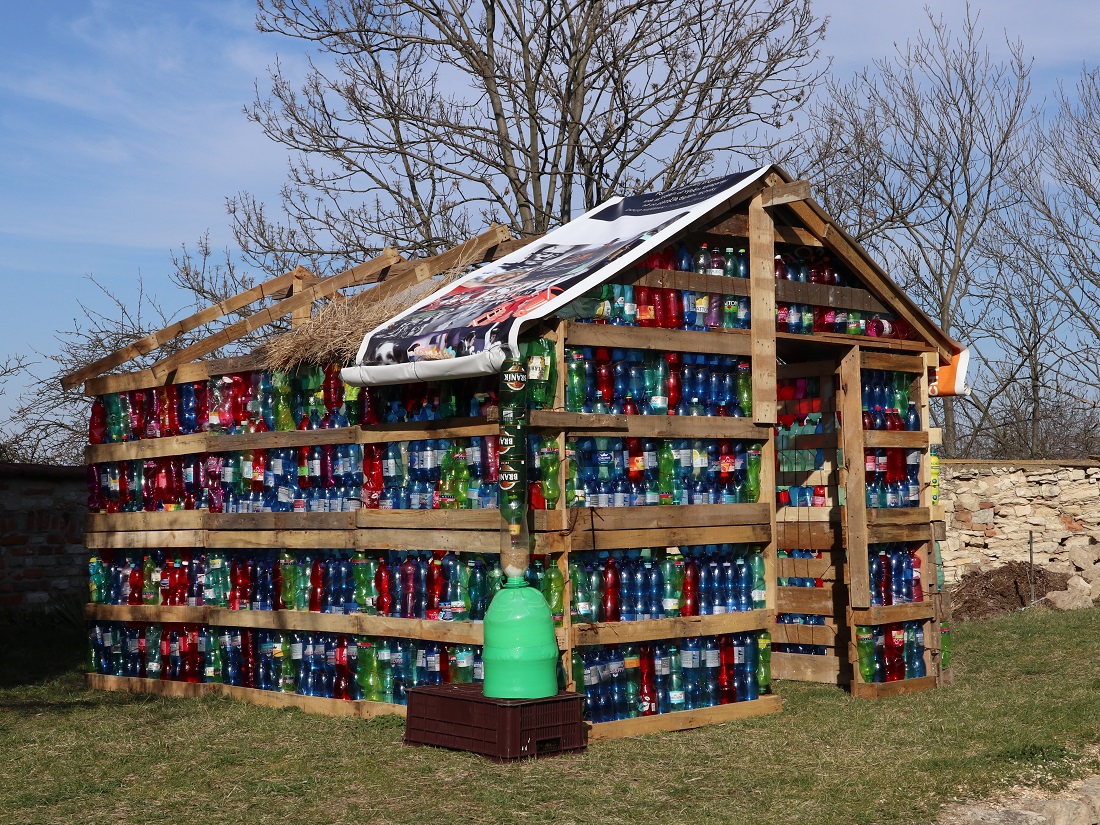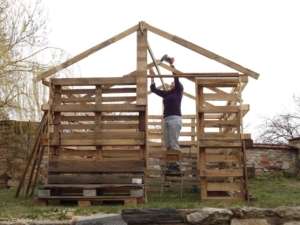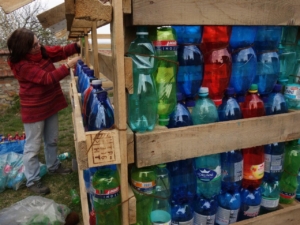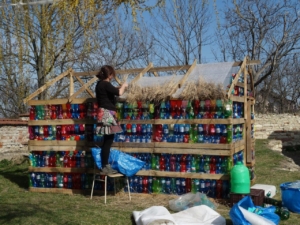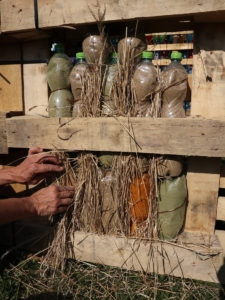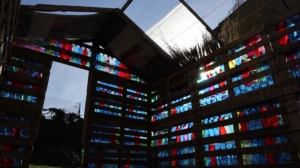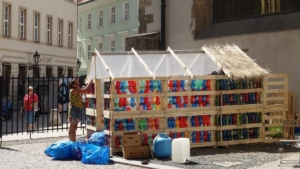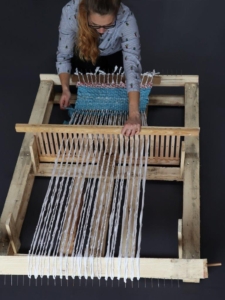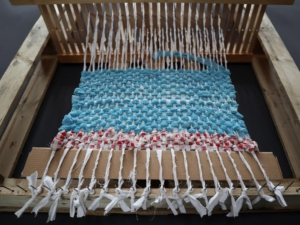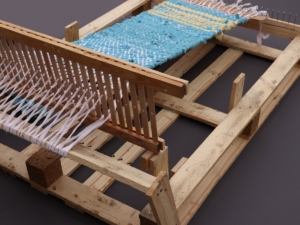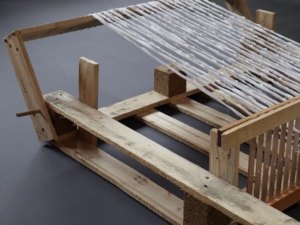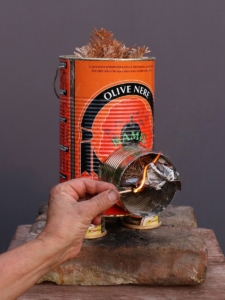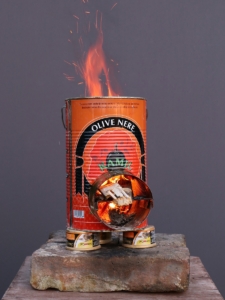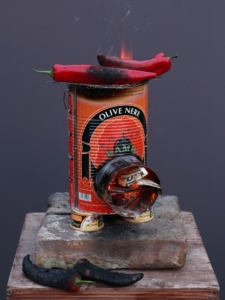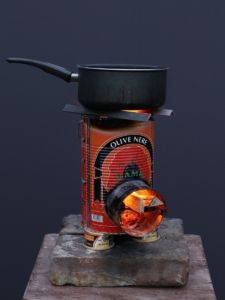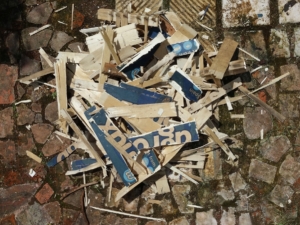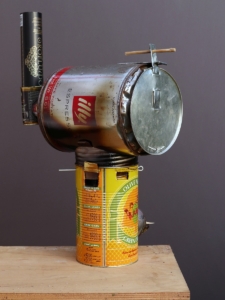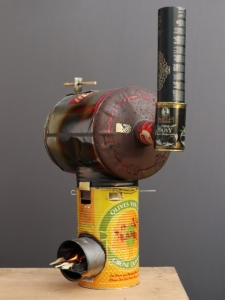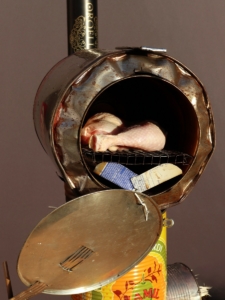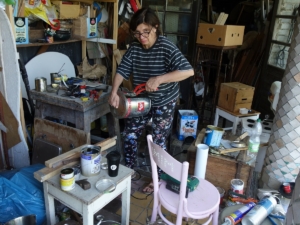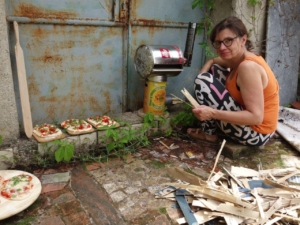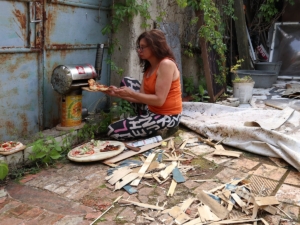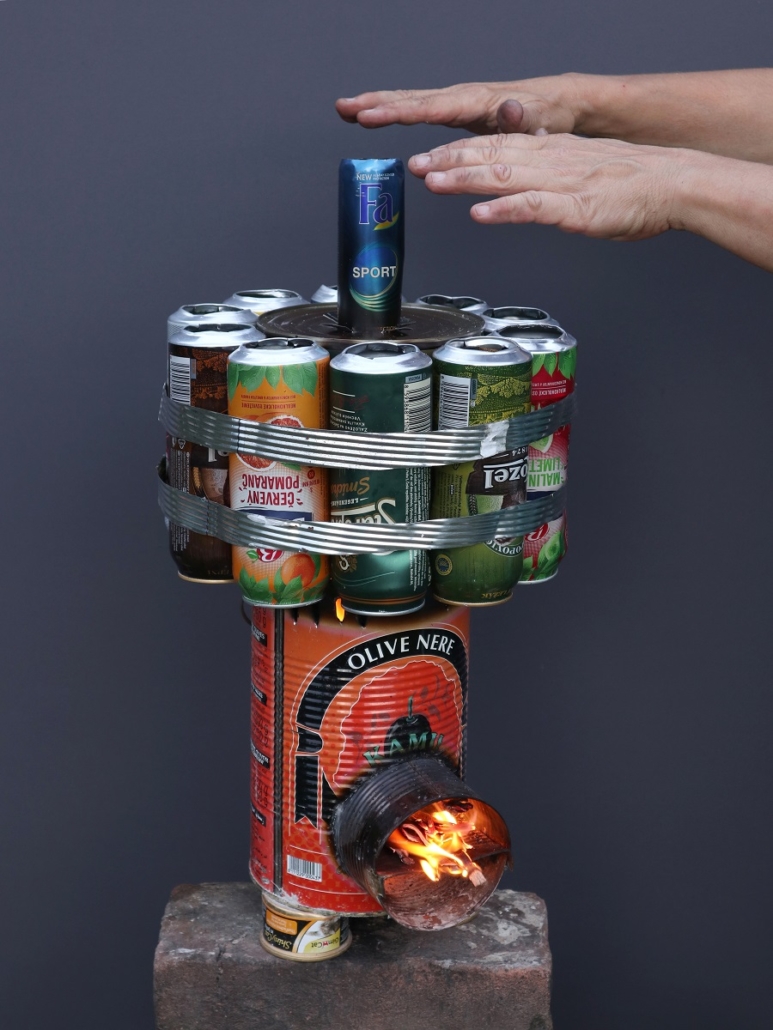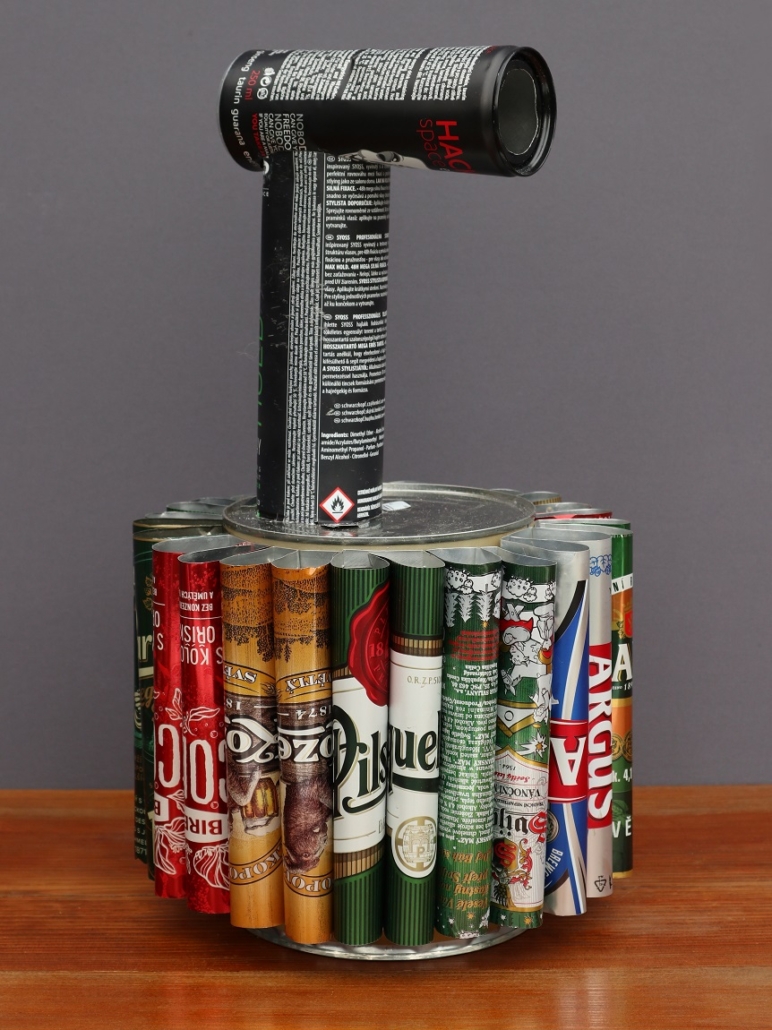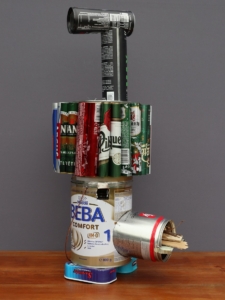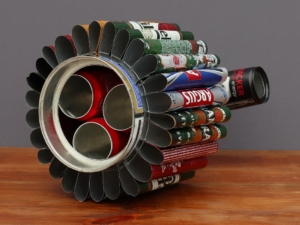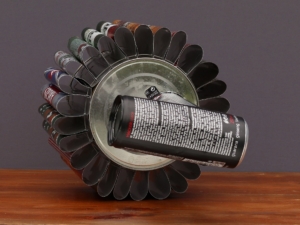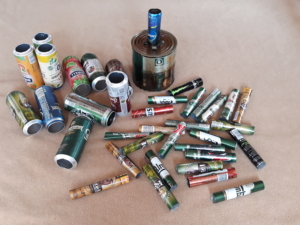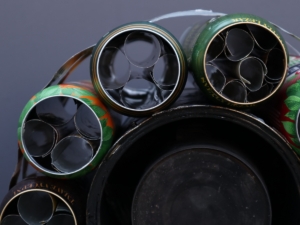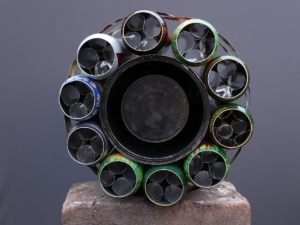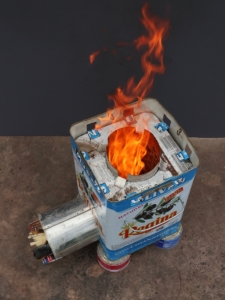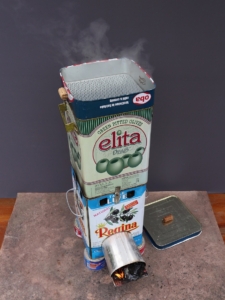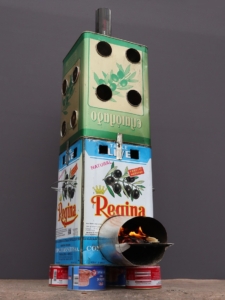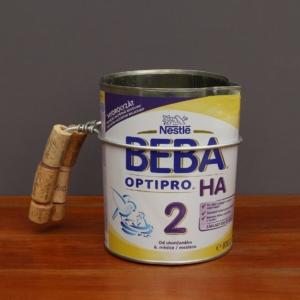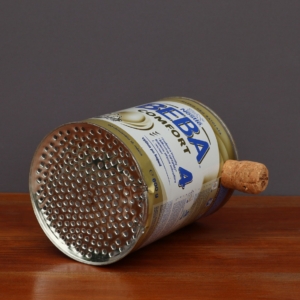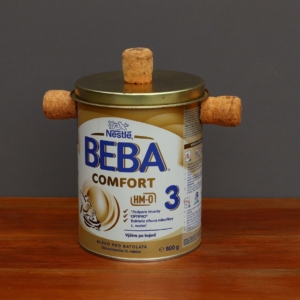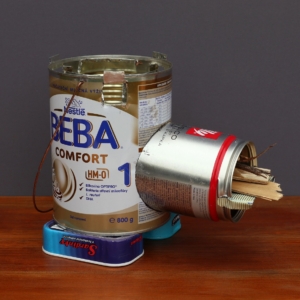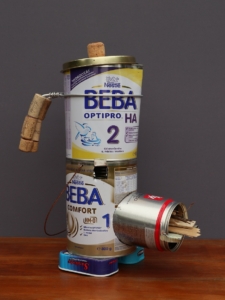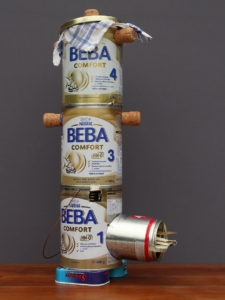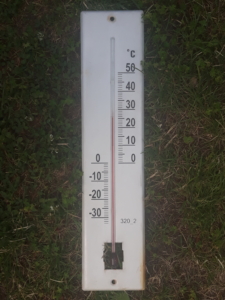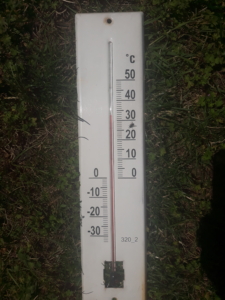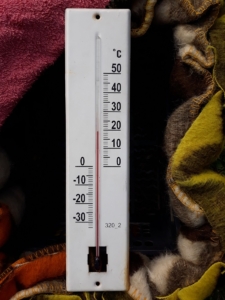NO-MAD-DESIGN aims to improve the lives of those who find themselves in need. It is primarily intended for people who are forced to survive with minimal resources in the appalling conditions of refugee camps. The vision of low-cost design is based on my experience from many years of sculptural work with waste materials, which I now use to invent various objects for practical life. For those who have become nomads out of coercion, it can help solve some everyday problems while bringing meaningful content and distraction in monotonous and stressful days, weeks and months spent waiting for asylum. NO-MAD-DESIGN is based on DIY work with locally available materials. The priority is low, preferably zero financial investment, while the time required for implementation is not limited. It motivates self-sufficiency, develops craftsmanship and stimulates in people creativity and pride in what they are able to achieve in temporary conditions.
PBC – Pallet Bottle Cabin
This house is designed primarily for people who are forced to survive in refugee camps or in their vicinity in miniature tents or in makeshift shelters made of plastic sheets. My goal is to improve the thermal conditions of temporary housing, to provide residents with a little more privacy and the feeling of owning a home. Thanks to the use of transport pallets (non-standard, non-returnable, which are disposed of as waste around the construction site), this type of house is suitable for camps near industrial zones. The whole family, neighbors or friends can take part in the construction of the house and share the joy of working together.
The dimensions of the house are based on the format of the pallet 120 x 80 cm. The basic type has a floor plan of 2 x 3 pallets and provides a living area of 8 m2. This module can be further modified, rebuilt and expanded according to the possibilities and needs. For example, when using a roof batten with a length of 5 m, the house in the rear can be extended by an outdoor shelter (washroom, storage, etc.)
LOWCOST PALLET LOOM – RugRagLoom I.
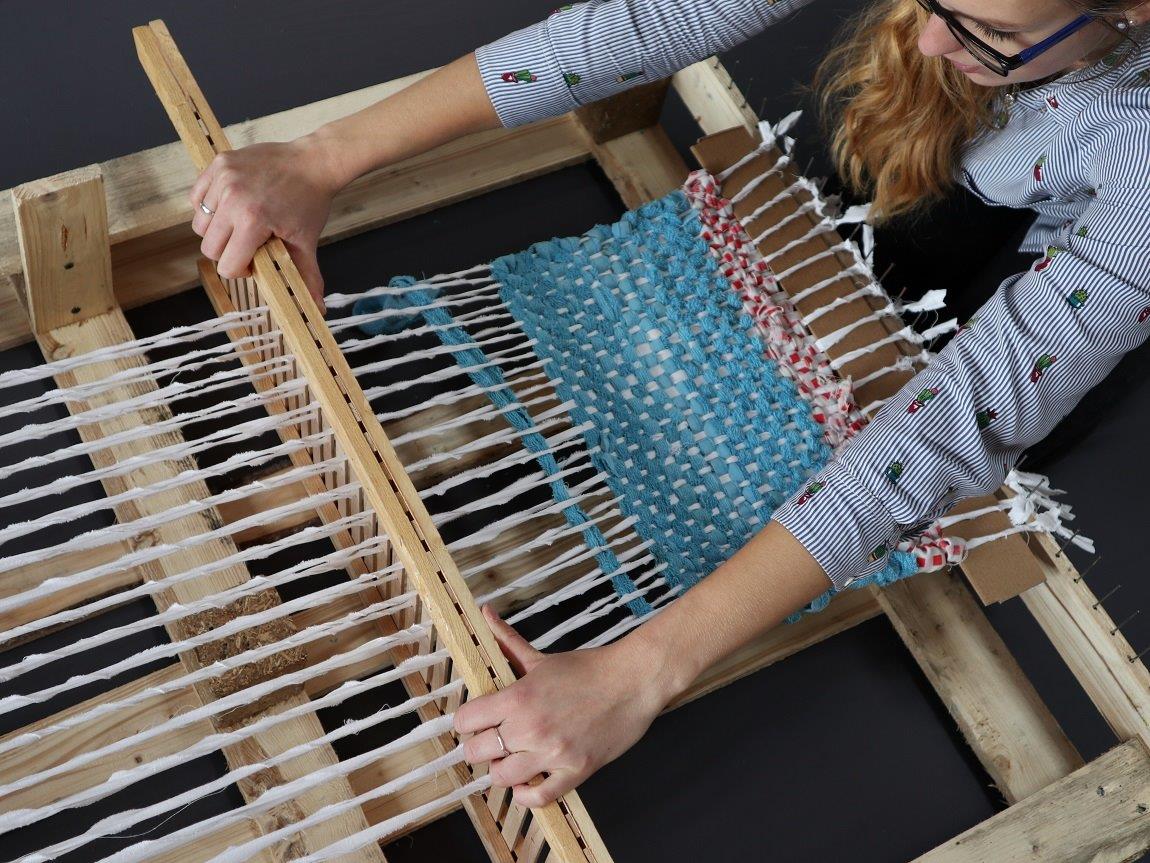
I called this prototype of loom made from the transport pallet RAG-RUG-LOOM 1. In the camps, it will be used mainly for weaving rugs-rags from worn clothes. From softer materials blankets also can be made. The maximum size of the finished products is approx. 100×70 cm (internal dimension of the pallet), which can be sewn together as required. This simple version can be further improved so that even longer pieces can be woven as a whole. The pattern I weaved has a warp of a torn bed sheet and an weft of an old terry towel.
Carpet weaving is traditionally a woman’s affair, but the abilities of all family members can be well used : creation of loom is an activity for men, and everyone else, including children, can be involved in the preparation of the material for rugs, the cutting and tearing of used textiles.
PRIVATE PALLET GARDEN
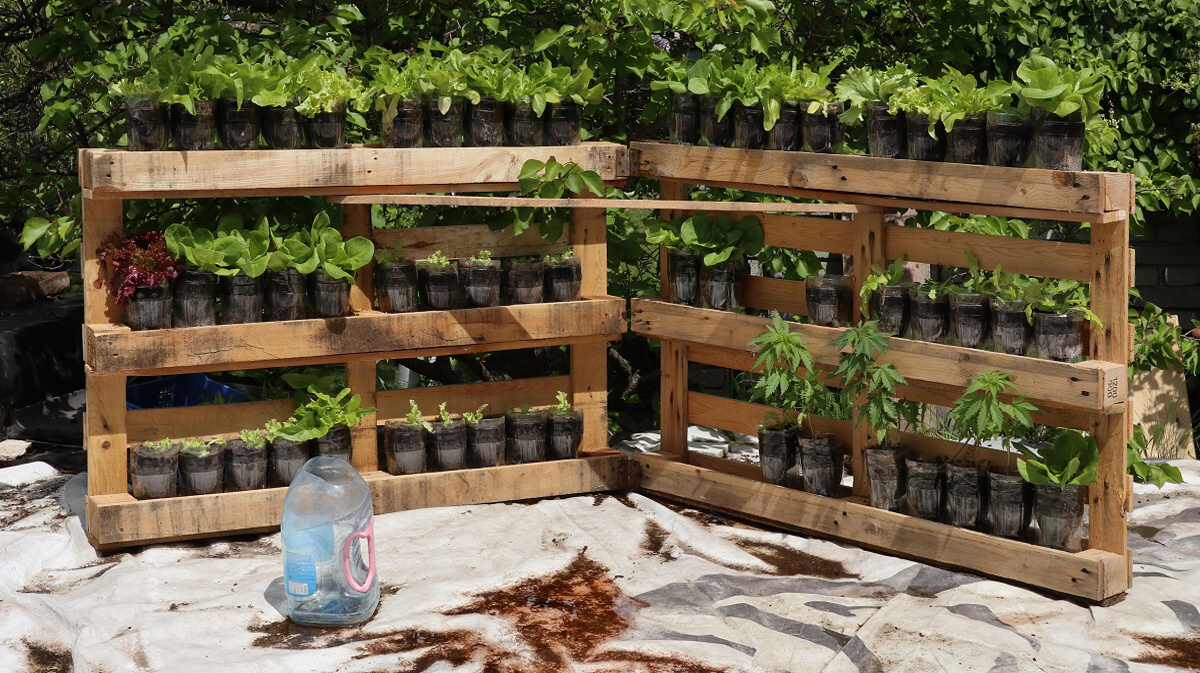
A miniature garden can be created on a minimal area from two connected pallets. On the one hand, it will provide the desired piece of privacy behind the green wall and at the same time the supply of fresh vegetables. On shelves on three floors above each other, salads grow in self-watering pots from plastic bottles, the leaves of which can be harvested gradually as they grow. The advantage is the maximum use of a small amount of soil and water, as well as the possibility to move the garden anywhere if necessary. This module can be freely enlarged, so a small edible park or garden labyrinth can be created on a larger area.
NOMADIC PLANTS
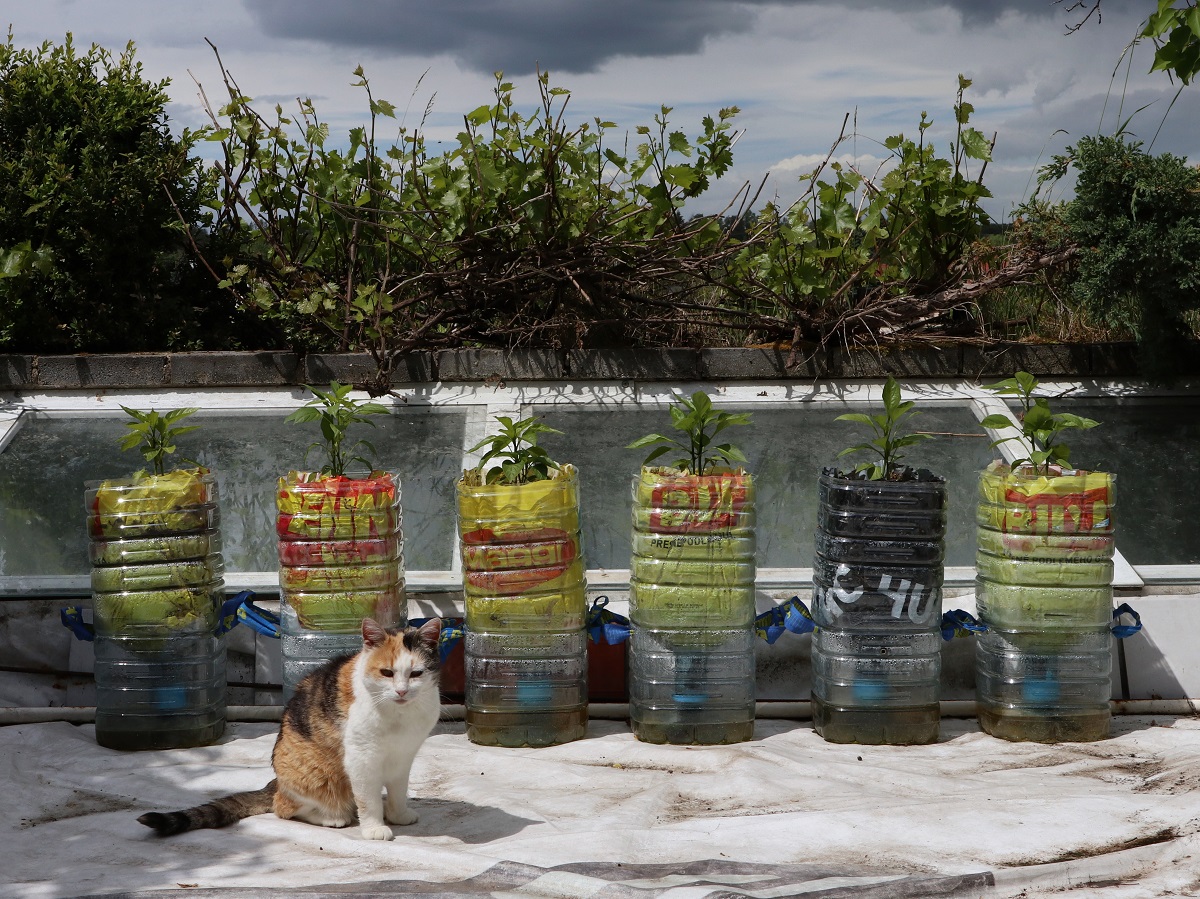 NOMADIC PLANTS, May 2020
NOMADIC PLANTS, May 2020 NOMADIC PLANTS, August 2020
NOMADIC PLANTS, August 2020
Growing in containers is not demanding on the amount of soil and the self-watering principle significantly saves the water needed for watering. A small flowerpot can be easily made from a plastic bottle and a wick (a strip of cotton fabric). On the same principle large plants such as peppers, pumpkins or tomatoes also thrive in bigger containers. Large flower pots have ears from shopping bags on the sides so that they can be transferred to another location if necessary.
UNIVERSAL STOVE
The principle of vertical combustion in an insulated chimney has been well known since ancient times and has been widely used to build high-efficiency kitchen stoves, for example in India. The so-called rocket stove is simple and serves well even for backwoodsmen. Especially in the USA, there are a number of different models to buy, including folding ones. The great advantage of this type of stove is almost perfect combustion, so they consume much less fuel, produce a minimum of smoke and almost no ash. They can also be heated with only small pieces of wood (eg wooden boxes from vegetables), twigs and cones. Therefore, they can be used well in refugee camps conditions where there is a shortage of fuel. As a result, they can also help to partially protect the surrounding vegetation.
This stove can be easily made from cans of all sizes (waste material). The production is simple, so everyone can handle it. In addition, it requires only basic tools that people can borrow from each other: pliers, a hammer, a screwdriver, sheet metal scissors, a chisel and a centre punch. The basis is an inner chimney made of two cans conected perpendicularly to each other, located in a larger outer can. The inside is insulated with wood ashes.
In my conception this stove can function as a kit, by adding other attachments it can be turned into an oven, pizza oven, heater. Therefore it can easily serve multiple purposes.
SMALL BARREL OVEN
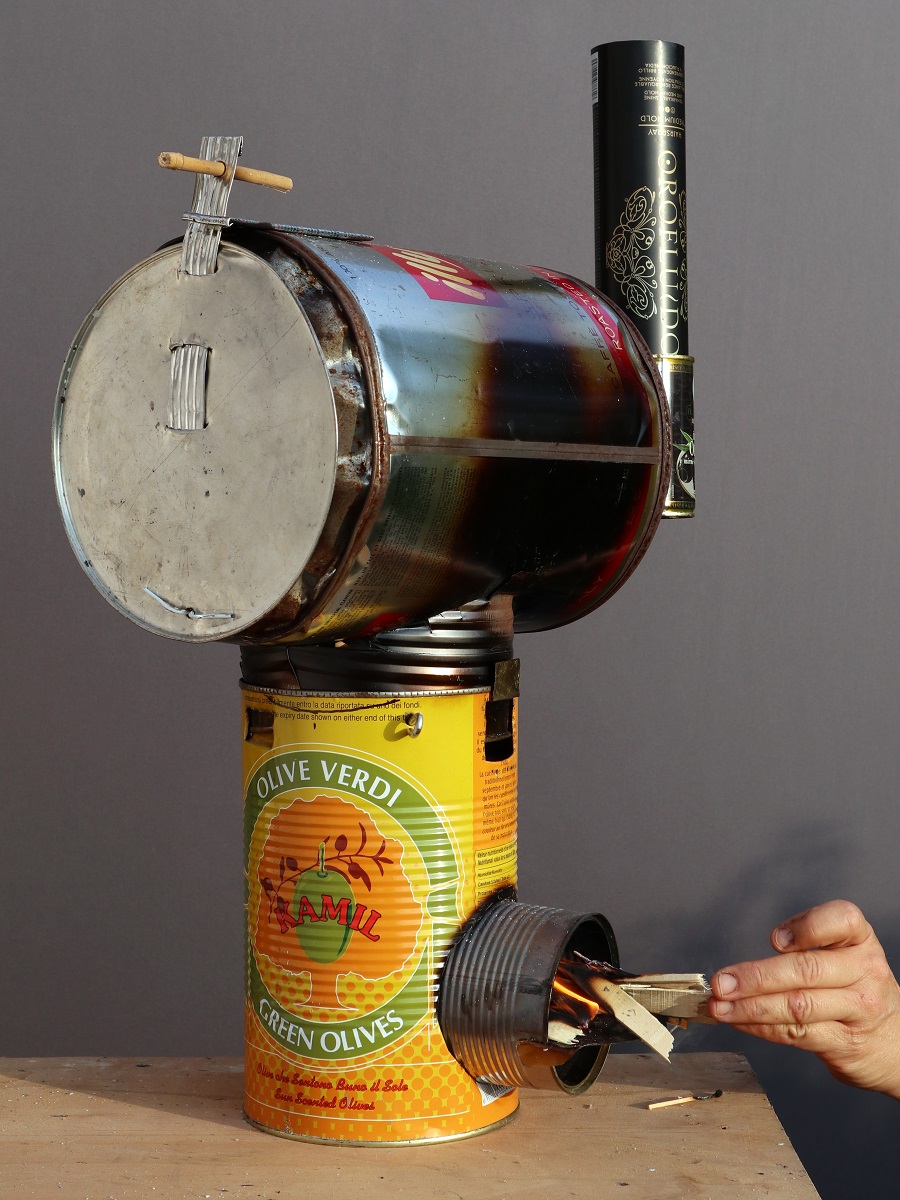
The oven works as an extension to a stove. It is made of a small barrel into which another round can is inserted. The hot air from the stove thus passes between the walls of the cans and heats the inner space, then it is led out by a small smoke flue. The oven is equipped with a pull-out grate on which meat or other foodstuffs are placed. On the same principle, it is possible to make a large-capacity furnace from a large barrel.
PIZZA OVEN
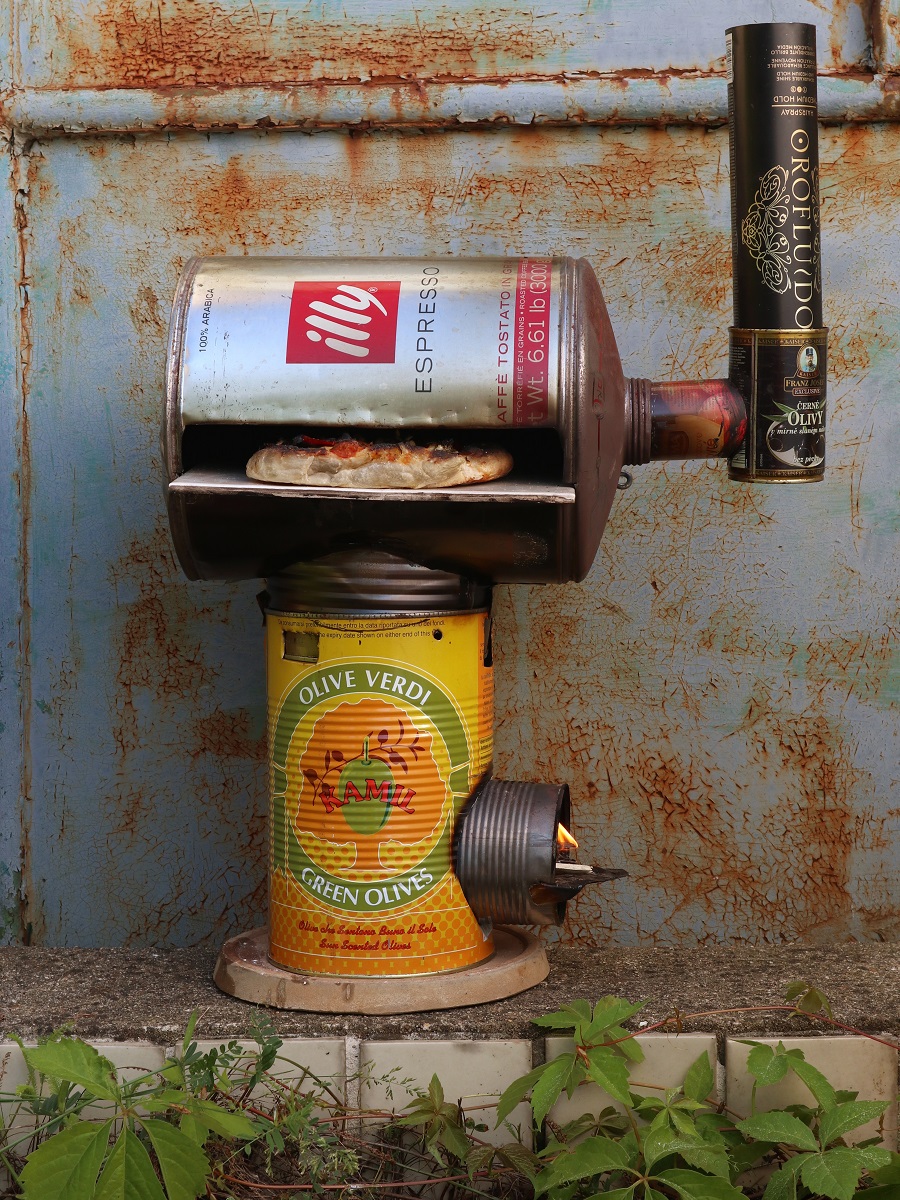
Pizza is generally a popular dish and if you have a place to bake it, it is a relatively cheap food. The basic ingredients – flour, tomatoes and white cheese – are among the most common foods in Greece. The use of yeast is important, it can generally expand the possibilities of the camp menu, which is based mainly on flour, as the cheapest ingredient. Yeast is, among other things, a welcome source of vitamin B.
The pizza oven again functions as a stove extension. A long hole is cut longitudinally in the barrel and a tile or roof tile slightly narrower than the diameter of the barrel is inserted into it. The back leans on a solid wire. Behind the tile, a narrow gap remains, through which the hot air rises slowly upwards and heats the upper space evenly. Then it goes out through a small smoke flue. When the tile is hot, baking the pizza is a matter of a few minutes. The pizza has a pleasant authentic taste similar to pizza from a stone oven. It is inserted into the hole with the help of a cutting board, the use of baking paper will facilitate at the same time preparation, handling and serving in field conditions.
HEATERS
The task of the heaters is to make the best use of the heat from the stove to heat the air in the tent or shed. They have a connection to a flue, through which even minimal smoke is removed outside the living space. They are made of a number of thin beverage cans so that the heat is transferred to as large area as possible. The system of vertical tubes rises the heated air upwards, similarly to a radiator. The advantage of beverage cans is their excellent thermal conductivity and also easy availability in separated and common street waste. They can be easily cut with ordinary scissors and a cutter and joined by threading on wire like beads. The production of heaters is also suitable for women and children.
Heater I.: A wreath of beverage cans opened on both sides is threaded around the central can. These are filled with narrow tubes, twisted in a hand from one half of a can. For reinforcement, the unit is fastened with a hoop made of a spirally cut ordinary can.
Heater II.: A wreath of double-bent beverage cans is strung around the central can. The cans are attached with two wires.
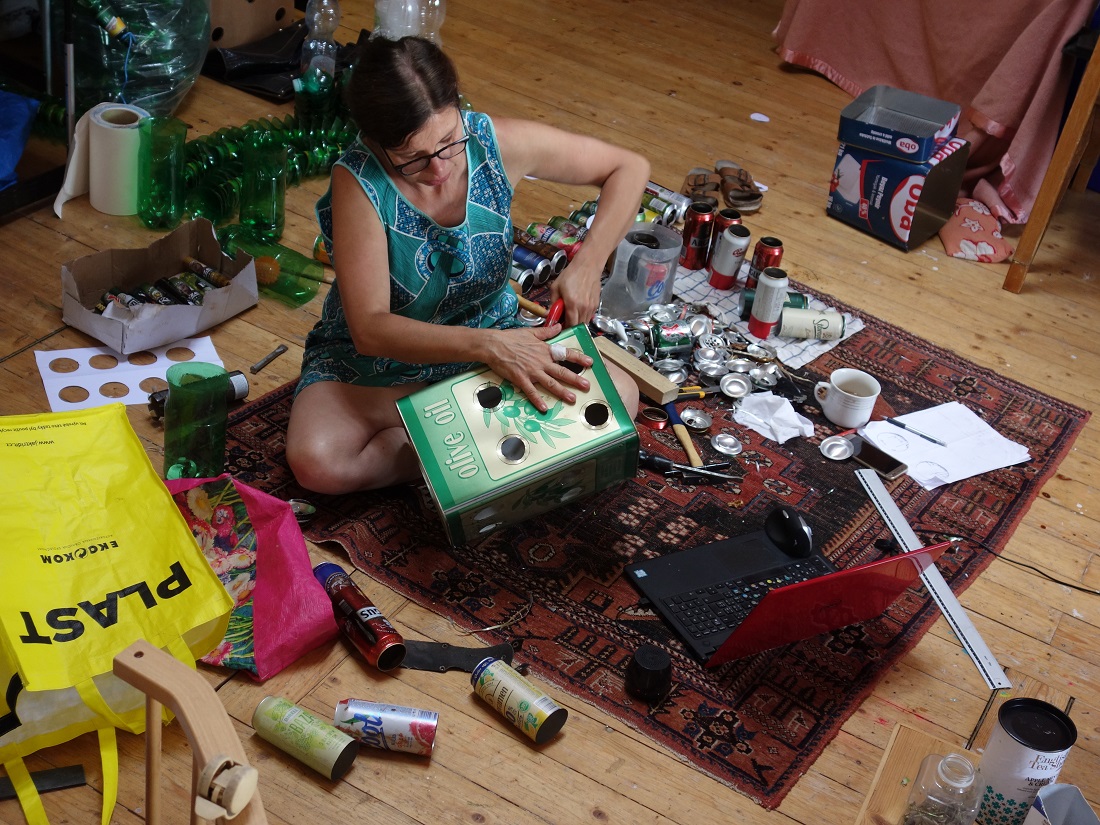
the oil can is filled with tubes made from beverage cans
LARGE FAMILY STOVE WITH ACCESSORIES
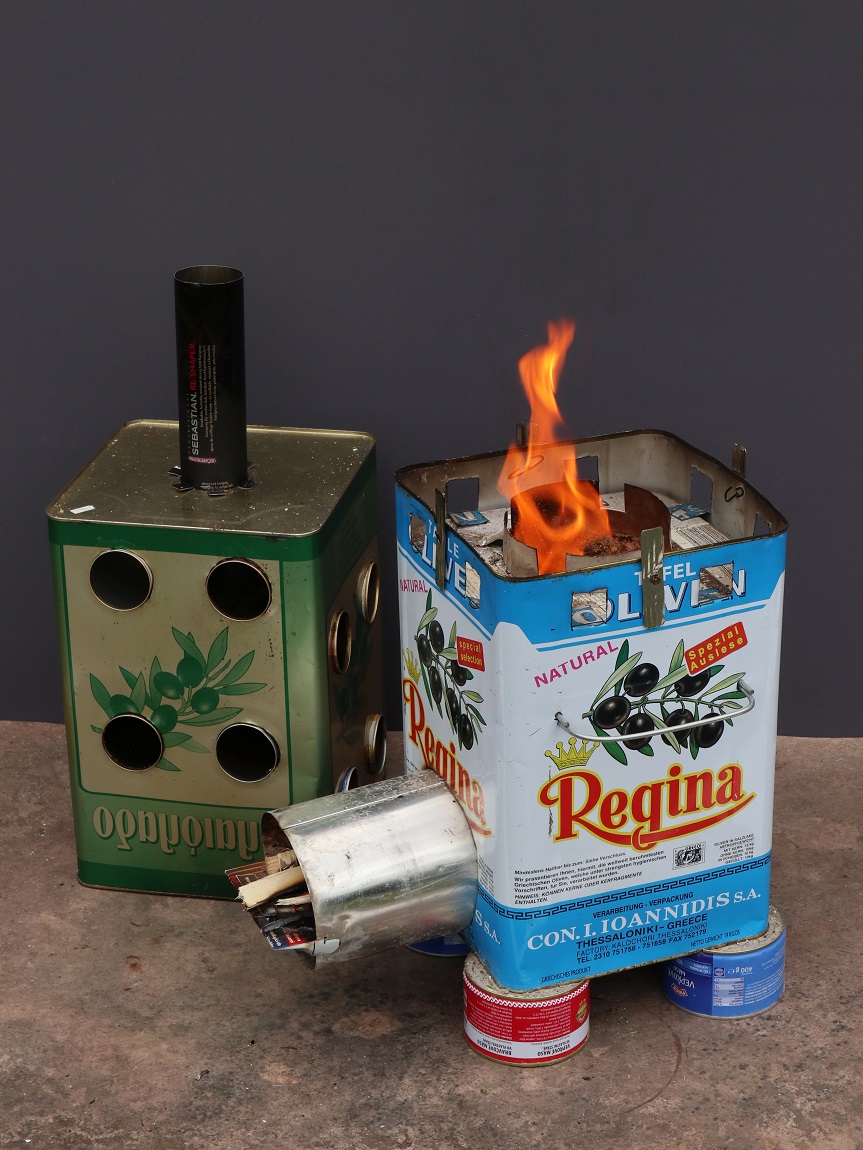
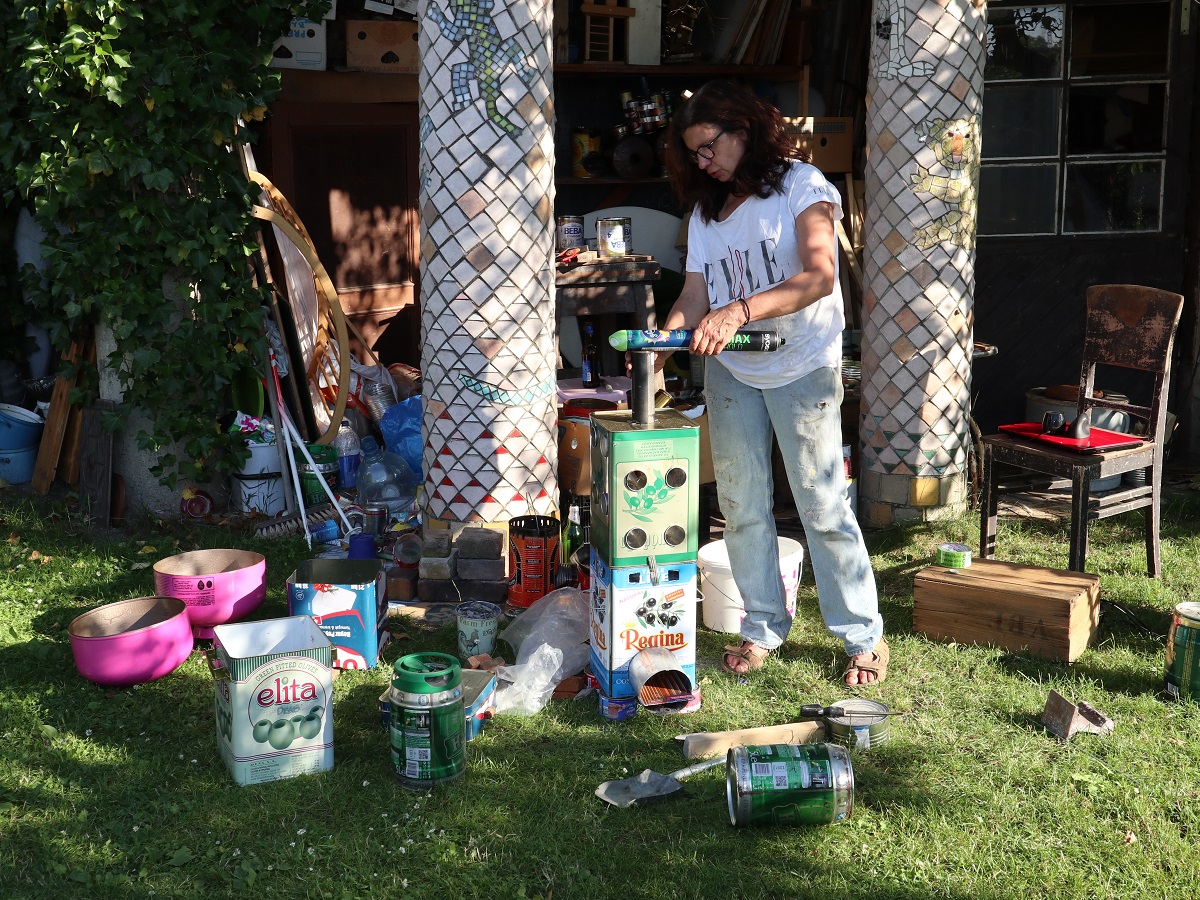
installation of flue made of cosmetics cans
BEBA SET
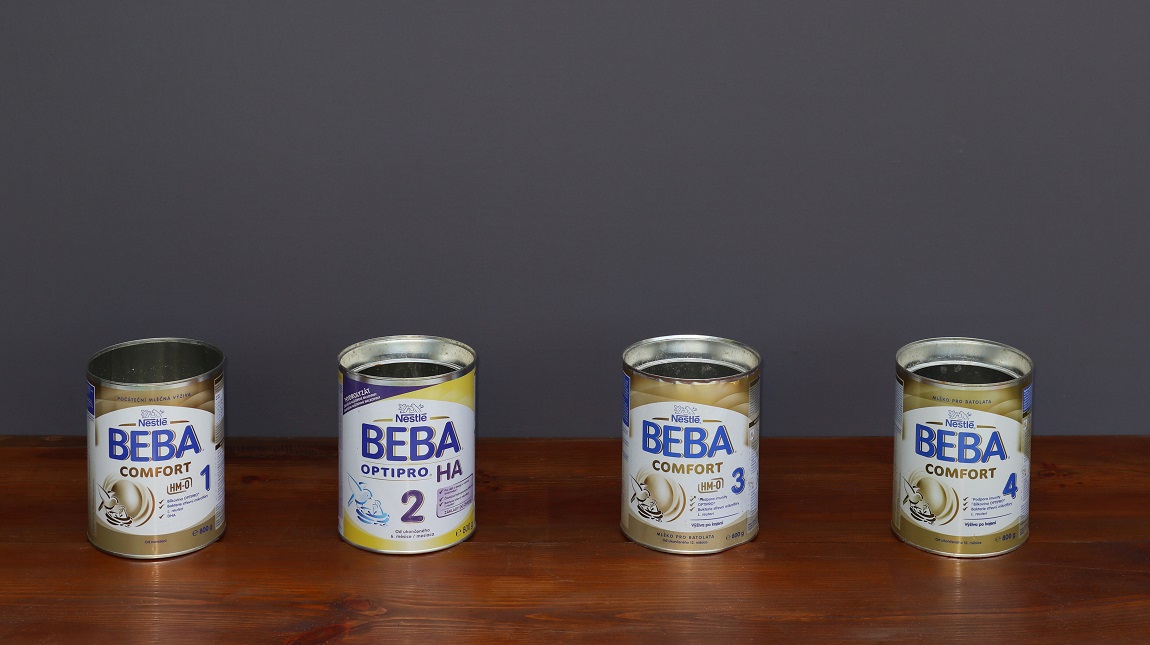
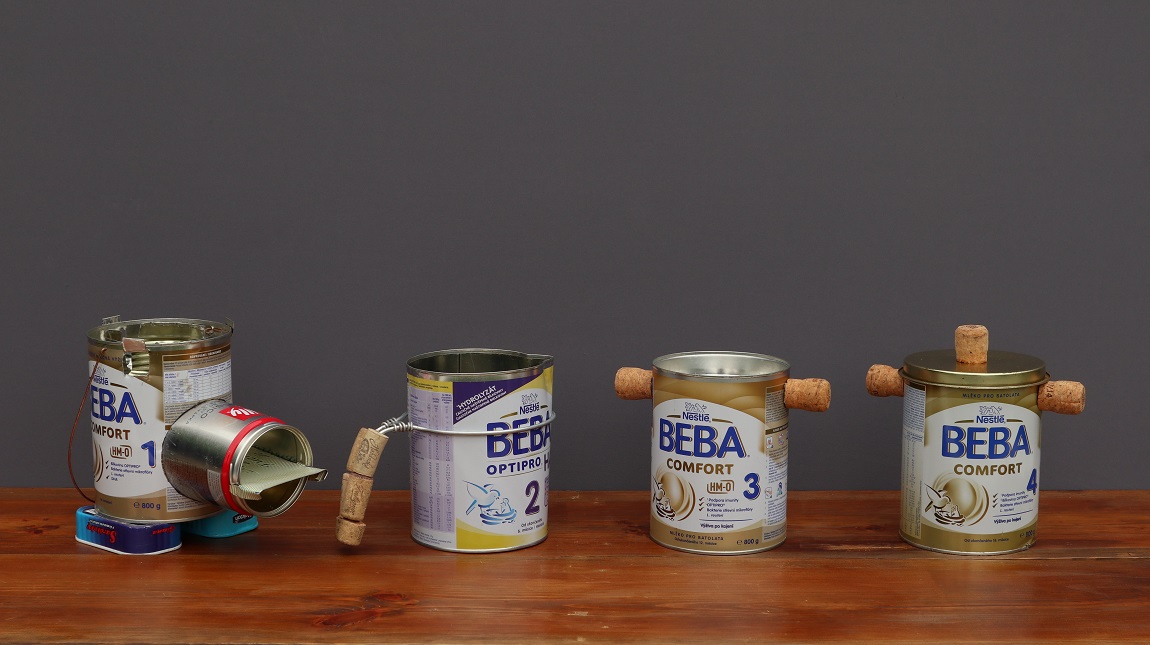
Cans of dried baby milk are often found in camps as a remnant of humanitarian aid. Their size is usually standardized and is sufficient for the needs of an individual or couple. The small stove made from them is so light and compact that they can serve well on the street to homeless people. The kit consists of a pot, a steamer-strainer, a teapot and a lid.
HAIRY REFRIGERATOR
I was looking for a way to store food in the summer heat in the conditions of refugee camps where there is no electricity. I was inspired by “refrigerators” that are built in India or Africa and are cooled by a water evaporation system. To create a hairy refrigerator, you only need an old blanket and towel, a needle and a strong thread, a plastic box (used for vegetable) and about 40 liters of sand. The longitudinally folded blanket is sewn into strips, the resulting pockets are filled with sand, so the blanket itself stands around the box. Everything is watered, covered with a wet towel and shaded. Then berofe drying out watered again. By repeated measurements, I found that the temperature inside drops by at least 7°C. For example in the morning it is 33° C in the sun, in the shade 26°C and in the fridge 19°C, in the afternoon 36-28-20°C. Thanks to this refrigerator it is possible to consume food longer, which will significantly help especially where there is no possibility of regular shopping nearby.



